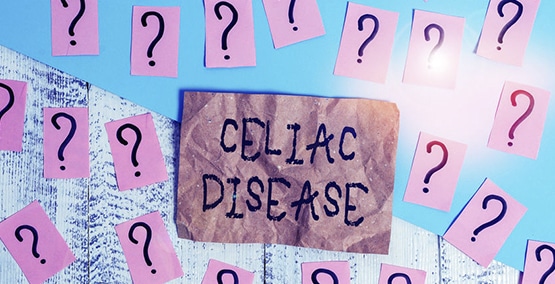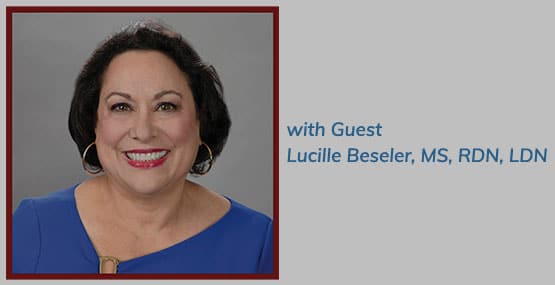
Celiac disease: What is it?
In the 1940's northern Europe experienced a wheat famine. Interestingly, during the famine, the death rate of children decreased. When the famine ended, the death rate increased again. This lead doctors to discover that many children had undiagnosed celiac disease and the absence of wheat during the famine had improved their survival.
Today, "Celiac disease" and "gluten-free" are buzz words that have become popular in the media. Many people are choosing to avoid eating gluten (a protein found in certain grains) with the belief that it will improve their overall health. However, it is important to note that for those who have celiac disease, this life-long condition requires devoted dedication to eating a strict gluten-free diet.
Celiac disease occurs when the body has an immune response to the gluten protein found in wheat, rye, spelt, and barley grains. The immune response damages the surface of the intestine which can prevent nutrients from being absorbed. As a result, nutrient deficiencies, weight loss, and stumped growth are common symptoms of celiac disease.
What Makes Someone Susceptible?
It is estimated that about ⅓ of the population have a gene for celiac disease but only about 1 percent have the condition. Usually, the gene is inherited but not everyone with the gene has the disease. Scientists believe that the disease doesn't develop until something activates it, like a virus. When someone with the celiac gene gets infected with the virus, an immune reaction develops. Afterwards, every time the person eats gluten, their body thinks it is the virus which causes a reaction.

Gluten Damage
That reaction damages the surface of the intestine and interferes with absorption of nutrients. Lactose from dairy products and sucrose (table sugar) are often affected temporarily because the enzymes to absorb these foods is damaged. As a result, severe diarrhea and weight loss can occur. Constipation can result as well.
But the effects extend far beyond the intestinal tract. For a child, their growth can be stunted. A bumpy rash can develop. Decreased absorption of calcium can result in fractures. In adults, women can have fertility problems and increased risk for intestinal cancers.
Intestinal Healing
Fortunately, following a gluten-free diet is effective for healing the damage done to the intestines. Within days of restricting the gluten containing grains, children and adults begin to feel better. Within a month, absorption is back to normal. And within months, blood tests look like they have never had the disease. Unfortunately, the problems quickly return if gluten is added back into the diet. The only cure for celiac disease is a gluten-free diet.
Enormous Confusion
We used to think that celiac disease was a relatively rare condition, affecting only 1 out of 3-5000 children. Typically from northern Europe with symptoms of diarrhea, bloated bellies and difficulty gaining weight. Because we've been able to diagnose the condition more easily we now know that's not true.
We also know that it's more common in auto-immune conditions like diabetes and thyroid problems and in selected genetic defects like Turner's and Down's syndromes.
Similar conditions
Celiac disease is only one of a number of similar conditions. Wheat allergy can appear similar but they only need to restrict wheat, not all gluten containing grains.
A relatively new disorder, called non-celiac gluten sensitivity, also exists where certain people without celiac disease feel better eliminating gluten.
The Good News
The medical community now has a better understanding of gluten and celiac disease. More importantly, it is leading to some possible drugs to combat the problem, so that one day, diet may not be the only way to correct the condition.
Bottom Line: Celiac disease is an immune response to gluten. While there is no cure for the disease, following a strict gluten-free diet can heal the intestine and keep you symptom free.
Following the gluten-free diet will stop the symptoms, allow the small intestine to heal, and prevent further damage. A gluten-free diet can provide all of the nutrition an individual needs. Fruits, vegetables, corn, potatoes, rice, beans, most dairy products, nuts, seeds, eggs, and plain meats can be eaten on a gluten-free diet.
Some individuals with severe symptoms may need to follow a lactose-free diet until the intestine is healed. Lactose intolerance will usually go away within weeks to months of following a gluten-free diet.




